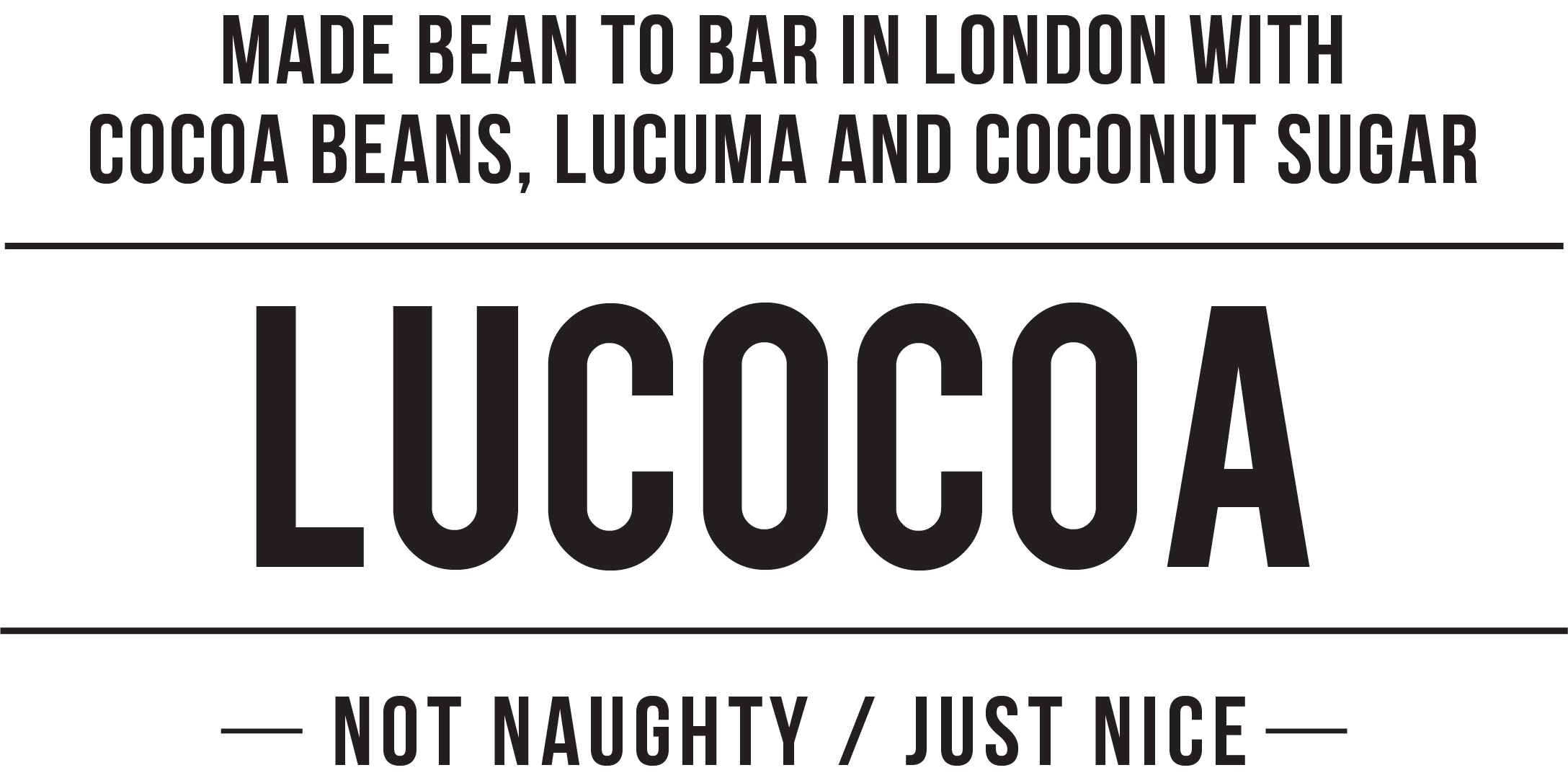The heart of the bean: Cocoa nibs
Cocoa Nibs
This week we are talking about one of the most nutritious and unprocessed forms of cocoa you can possibly find, short of eating straight from the pods. We are talking about cocoa nibs! These dark, little shards of goodness are much closer to the original ‘food of the Gods’ that the Aztecs knew than the chocolate we do. In fact, we think they are still overlooked next to their sweeter sibling, so, here is our quick tour of why and how you should consider incorporating them into your home cooking.
First things first, what are nibs?
Cocoa nibs are the fragments inside a cocoa bean that, together with sugar (and in our case Lucuma), form the basis of chocolate. At 100% cocoa they’re composed of only cocoa butter and cocoa powder. As you will remember from our cocoa powder blog, depending on cocoa beans’ provenance and the cover crops that have surrounded them, the nibs inside them can hugely vary in flavour. However, in texture nibs generally have a consistency close to that of woody, fatty nuts like Brazil nuts or almonds. Have no fear though – they are not nuts, simply super seeds.
What are their benefits?
Cocoa nibs pack an enormous nutritional punch. Firstly, they are the highest plant-based source of iron found in nature pound for pound[1]. Secondly, they are also rich sources of magnesium, manganese, copper, phosphorus, and zinc[2]. Moreover, magnesium is a mineral needed for over 300 different enzyme reactions in our body. Including ensuring the proper functioning of the immune system. However, many people’s diet lacks the proper intake of magnesium. In addition to phosphorus and manganese, magnesium is also vital for healthy bones. While copper and iron are needed for producing red blood cells that supply oxygen to the body[3].
Furthermore, did you know that cocoa nibs have twice the number of antioxidants as red wine and three times as many as green tea?[4] Cocoa nibs are particularly rich in the group of antioxidant compounds called flavonoids, and their regular consumption is associated with the reduced risk of several chronic diseases. Such as cancer, cardiovascular disease, and neurodegenerative disorders.[5] Equally important to note, is that Cocoa nibs have anti-inflammatory properties which help lessen the risk of heart disease, diabetes, arthritis, and depression[6].
Thirdly, nibs are a decent source of dietary fibre (which is another element that most people do not get enough of in their diets) and healthy fats. These both contribute to feelings of fullness allowing you to feel satisfied for longer[7].
A word of warning! On the other hand, cocoa nibs have a reasonable caffeine content and, when eaten in excess they can cause anxiety, jitteriness, and trouble sleeping. Although this caffeine content is less than coffee gram for gram, caution is advised when eaten by children and pregnant and breastfeeding women who may experience more sensitivities to its effects. It is unlikely that they will experience them when eating cocoa nibs in moderation[8].
Having said that, high levels of caffeine and other nutrients found in chocolate have the potential of unwanted interactions with certain medications. For more information on possible interactions see: https://www.webmd.com/vitamins/ai/ingredientmono-812/cocoa
As a last word, the higher levels of cocoa antioxidants in nibs can pose a potential for harm in late-stage pregnancies as they cause one of the major fetal blood vessels to constrict. As a precaution, women in late-stage pregnancy are recommended to consult their doctor before incorporating sizeable amounts of nibs into their regular diet[9].
There are many benefits to cocoa and nibs. We are confident that we have interested you enough for you to start wondering… “what should I do with nibs?”
While chocolate is sweet, nibs are sugar-free, so they are an excellent addition to both sweet and savoury recipes that require a little depth and crunch. For instance, in baking or sweet dishes, you could use them as you would use chocolate chips. Here they provide a more intense flavour (just don’t expect them to melt!) or use them in savoury dishes as you would nuts. We need a whole other blog to discuss the savoury uses of nibs. So, stay tuned for highlighted recipes.
Where can I get Cocoa Nibs? Our roasted Ghanaian cocoa nibs have a deep, earthy, and traditionally ‘chocolatey’ flavour. They are available from our Lucocoa online shop in tins of 150g. Try them!
[1] https://www.healthline.com/health/food-nutrition/vitamin-coffee-natural-boost#cacao
[2] https://www.healthline.com/nutrition/cacao-nibs#nutrition
[3] https://www.healthline.com/nutrition/cacao-nibs
[4] https://www.ncbi.nlm.nih.gov/pmc/articles/PMC4273632/
[5] https://pubmed.ncbi.nlm.nih.gov/25272572/
[6] https://www.webmd.com/diet/health-benefits-cacao-nibs#1
[7] https://pubmed.ncbi.nlm.nih.gov/26394262/

